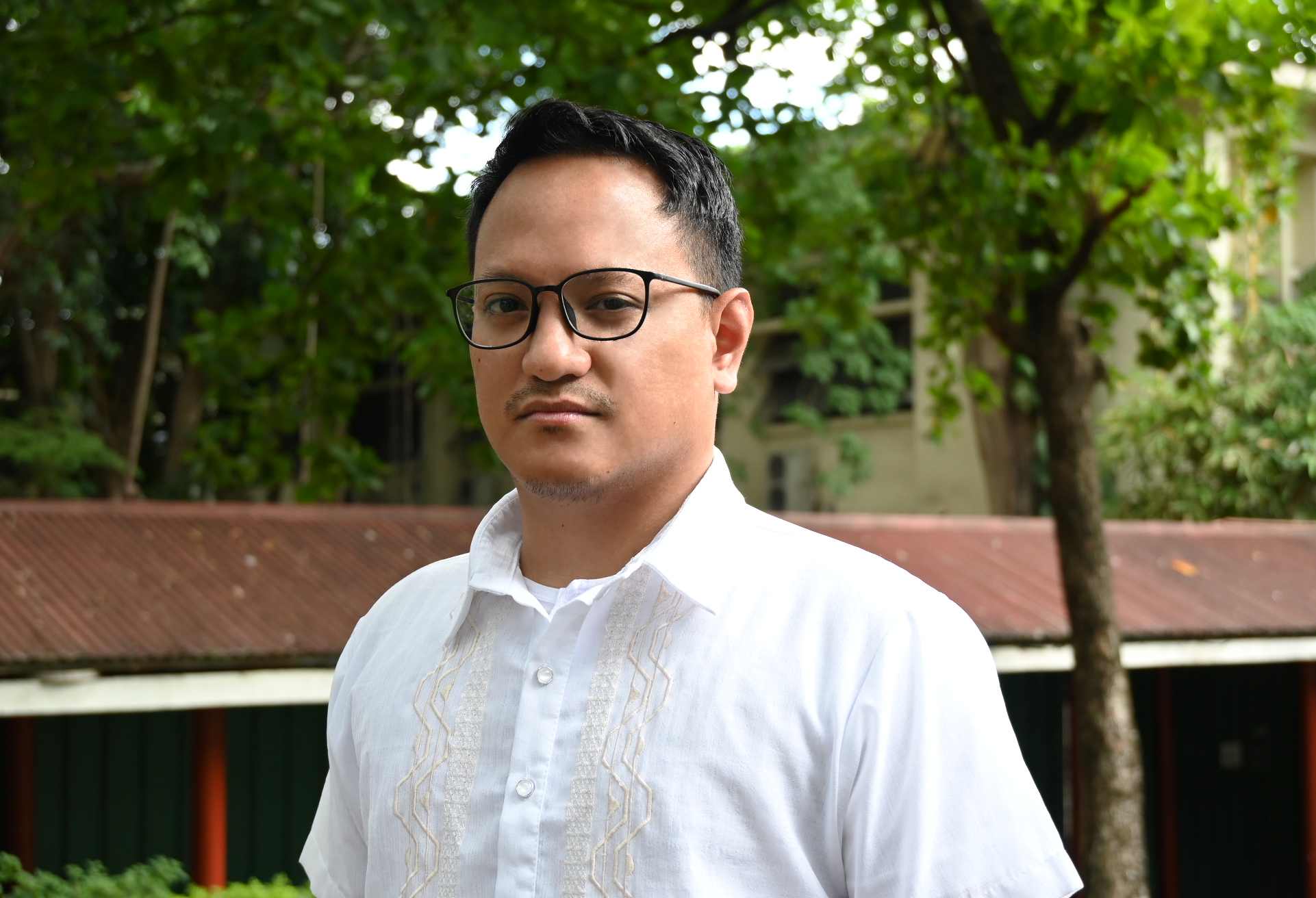A Historical Seismology of Luzon Earthquakes in the 20th Century: The Dynamics of State Responses on Four Earthquake Disasters
Philippine Social Sciences Review
This paper presents a historical study of four earthquake disasters that occurred in Luzon, Philippines, namely: (1) the 20 August 1937 Luzon Earthquake, (2) the 02 August 1968 Manila-Casiguran Earthquake, (3) the 17 August 1983 Ilocos Norte Earthquake, and (4) the 16 July 1990 North Luzon Earthquake. This research work uses historical seismology as a primary framework. The study adheres to its emphasis on the historical analysis of human experiences and societal conditions in the context of earthquake disasters. Using newspaper articles, government reports, and seismological studies, this study argues that the four subject earthquakes set specific and time-bound institutional responses and scientific output that formatively contribute to the history of the country’s responses to calamities and continuing policy formulations as a component of post-disaster rehabilitation. This paper discusses the following: (1) a brief survey of the scholarly works in the field of historical seismology; (2) the scales and impacts of the four subject earthquakes; and (3) an extensive discussion of the state’s crisis management of the post-disaster situation, with a focus on the roles of the military in the rescue operations, and the dynamics of institutional scientific knowledge production and policy formulations concerning earthquakes and public infrastructures.
Keywords
Earthquakes
Luzon island
historical seismology
state responses
military
scientific institutions
Faculty Involved:

Kerby C. Alvarez, Ph.D.
Professor
Focus: Environmental History, History of Hazards and Disasters in the Philippines, Philippine Nationalism, Popular Culture, Local History of Malabon



